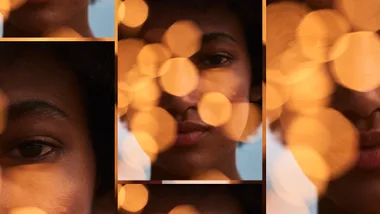Once we leave our teenage years behind, we’re led to believe that we are also saying sayonara to acne and breakouts. But sadly that’s not always the case, and often, far from it.
Because once we are done dealing with teenage acne, our bodies then turn to focus on hormonal acne. Yep sorry to be the bearer of bad news. But what exactly is hormonal acne and how do you treat it? Hormonal breakouts are usually the large, Mount Vesuvius-like flare-ups that can last up to 2-3 weeks.
They’re big, they’re painful, and they don’t budge. There are a number of ways you can treat hormonal acne, whether it’s medication, over-the-counter options or natural remedies.
What is hormonal acne?
How do you know if it is hormonal acne or just a regular run-of-the-mill flare up? Well if they tend to occur at regular points in the month then that’s usually a pretty clear indication – however, this won’t always be the case for everyone.
“It is a skin condition that occurs when your pores become inflamed in response to changes in these hormone levels,” Dermatologist Dr Andrea Tomizawa tells marie claire.
“When testosterone levels rise during puberty, it increases sebum (oil) production at the base of the hair follicles, as the glands that secrete the oil are sensitive to testosterone.”
Hormonal acne is also usually pretty specific in its location on the face: jawline, chin, neck.
And it’s appearance: big, often blind pimples under the skin’s surface and cyst-like – they’re usually painful to touch.
“Some people continue to experience acne after the age of 30 years as hormonal changes relating to pregnancy or the menstrual cycle can trigger acne,” adds Dr Tomizawa.
“Hormonal acne is more common in patients with polycystic ovarian syndrome (PCOS), a condition that can cause irregular periods, increased body hair, and important changes in the way your body responds to sugar.”

What are the common causes of hormonal acne?
Hormonal acne is caused by you guessed it, hormones. So the main reason you’re getting those pesky spots is due to your hormone levels.
There could be a number of reasons, from just the way your body reacts to your cycle each month, hormonal changes caused by pregnancy, after giving birth or menopause, or going on or off the pill. Genetics also play a part so if it runs in your family then you’re more likely to suffer from it.
The pill alters your hormone levels so it’s common to experience skin changes with it.
Stress can also wreak havoc on your hormones, particularly cortisol which is known as the stress hormone, and so can be a common trigger for hormonal acne.
Do diet and lifestyle affect hormonal acne at all?
“There is no evidence that poor hygiene, chocolate or greasy foods cause acne in all people,” says Dr Tomizawa.
“Although eating healthy will improve your well-being, changes to your diet will not miraculously cure your skin.
“Dermatologists have researched diet modification for a number of skin diseases and unfortunately avoiding certain ingredients in foods (e.g. the main suspects gluten and/or dairy) usually does not improve the appearance of the skin or cure acne for all people.
“However, in certain people, they may find that a particular food group – especially those in high refined sugar – can exacerbate their acne. For these people, avoiding these foods can help to reduce their breakouts.”

How to treat hormonal acne
Everyone’s skin is different and reacts differently, so it might take some trial and error before you find what works best for you.
“Using a face mask weekly in addition to your regular routine is a convenient way to treat the early signs of hormonal acne with simple over-the-counter products,” says Dr Tomizawa.
“Choose a mask that contains sulfur as it will help with inflammation and reducing oil. Sulfur draws impurities to the surface and helps to unclog blocked pores. It is a keratolytic, which means it can act as a natural exfoliant that helps the new layer of skin underneath regenerate and grow.”
“Cleansing, treating and moisturising is also an effective solution for treating any form of acne. Ensure that you are using products that are specifically designed for sensitive and oily skin with active ingredients.”
Other ingredients you should be looking out for include benzoyl peroxide, and other aforementioned keratolytics such as salicylic acid, glycolic acid and azelaic acid which are all available over the counter.
Many women, however, find benzoyl peroxide can be too drying on the skin so salicylic acid and glycolic acid can be good options to try instead.
Some types of contraceptive pill are often prescribed by doctors as treatments for acne.
If you’re concerned about your skin condition or are suffering from deep cystic pimples you should speak with your doctor or consult with a dermatologist or skin specialist. Serious cases of hormonal acne can sometimes be an indication of something more serious going on beneath the surface so it’s always advised to get a professional opinion.
The Best Skincare Products To Fight Hormonal Acne
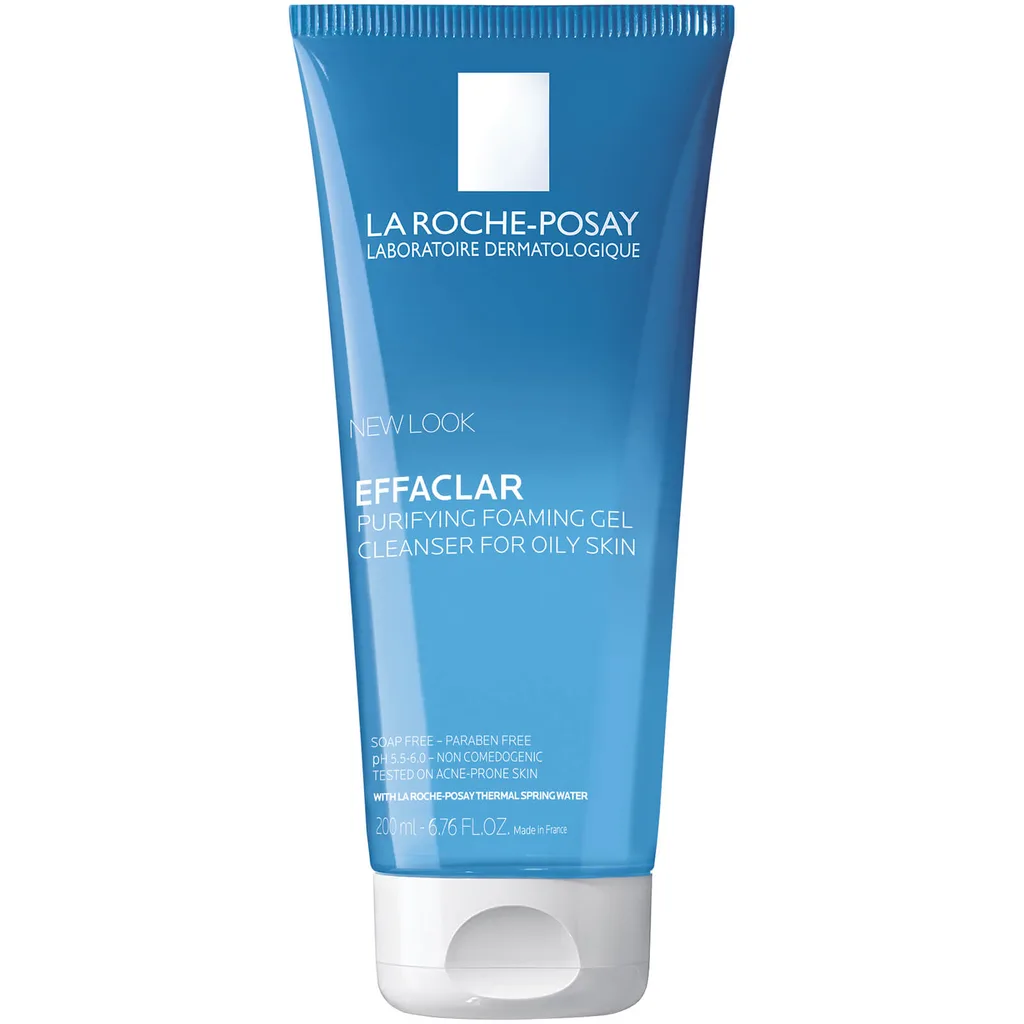
The Oil-Controlling Cleanser
Acne-prone skin requires oil control, and that’s precisely where this foaming gel cleanser comes in. Designed for daily use, it works to eliminate excess sebum and tighten the pores of oily and thickened skin, without causing dryness.
Try: La Roche-Posay Effaclar Medicated Gel Cleanser, $25.95 at Adore Beauty
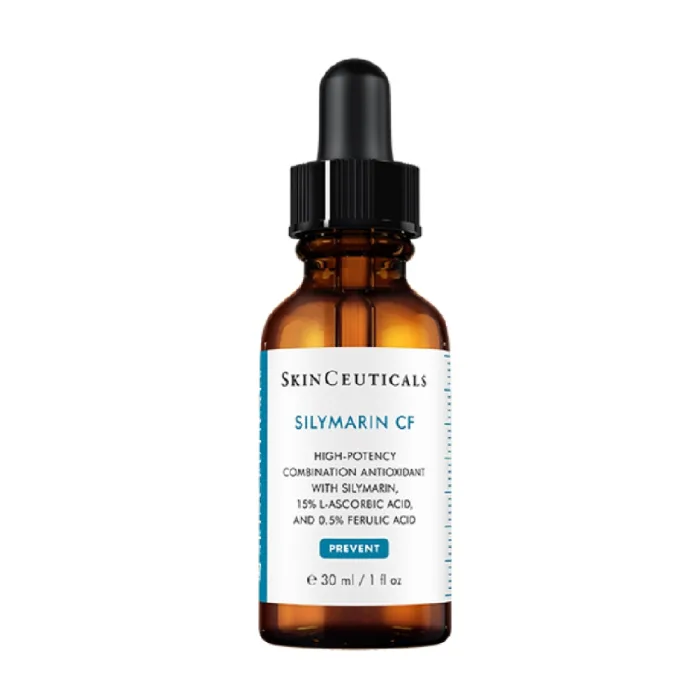
The Protective Serum
Working with acne-prone, oily skin, this serum manages oil production and works as a preventative vitamin c solution for blemishes. Not only will it work to reduce acne before it appears, but it can enhance the overall clarity and radiance of the skin, so it’s both reactive and proactive.
Try: Silymarin CF Vitamin C Serum, $228 at Skinceuticals
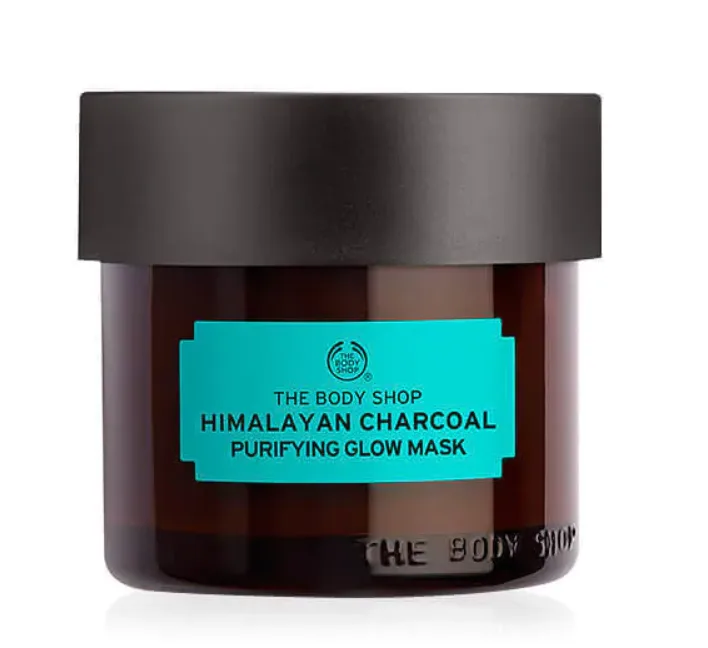
The Purifying Face Mask
Ideal for those who suffer from cystic acne or blind pimples, this 100% vegan face mask is infused with bamboo charcoal, green tea leaves and organic tea tree oil to draw out impurities and refine the look of pores. It also smells like a day at the spa, so that’s always a win!
Try: The Body Shop Himalayan Charcoal Purifying Glow Mask, $35 at The Body Shop
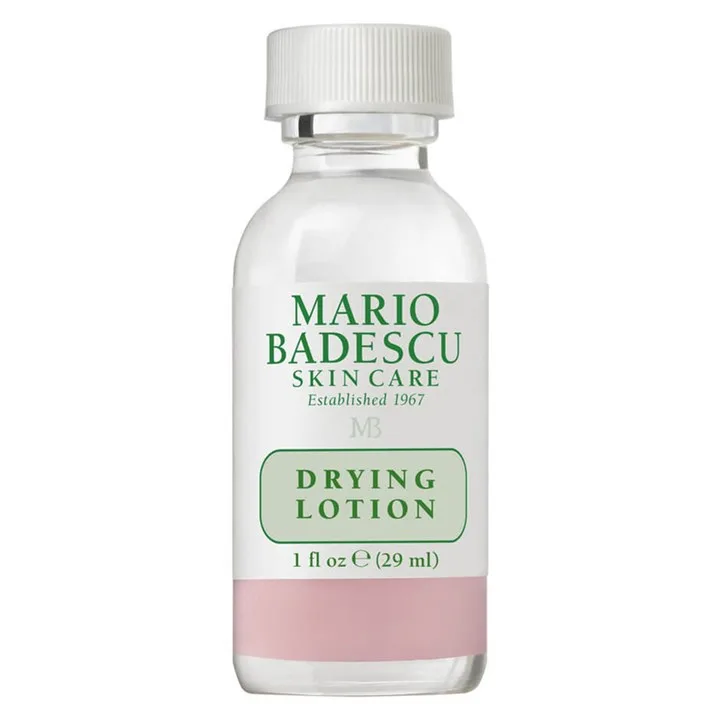
The Spot Treatment
Favoured by A-listers around the world, celebrities love Mario Badescu’s drying lotion and with good reason. Salicylic acid works to exfoliate, encourage cell turnover and treat congestion, while the calamine lotion sediment soothes redness, and helps shrink pimples overnight.
Try: Mario Badescu Drying Lotion, $24 at MECCA
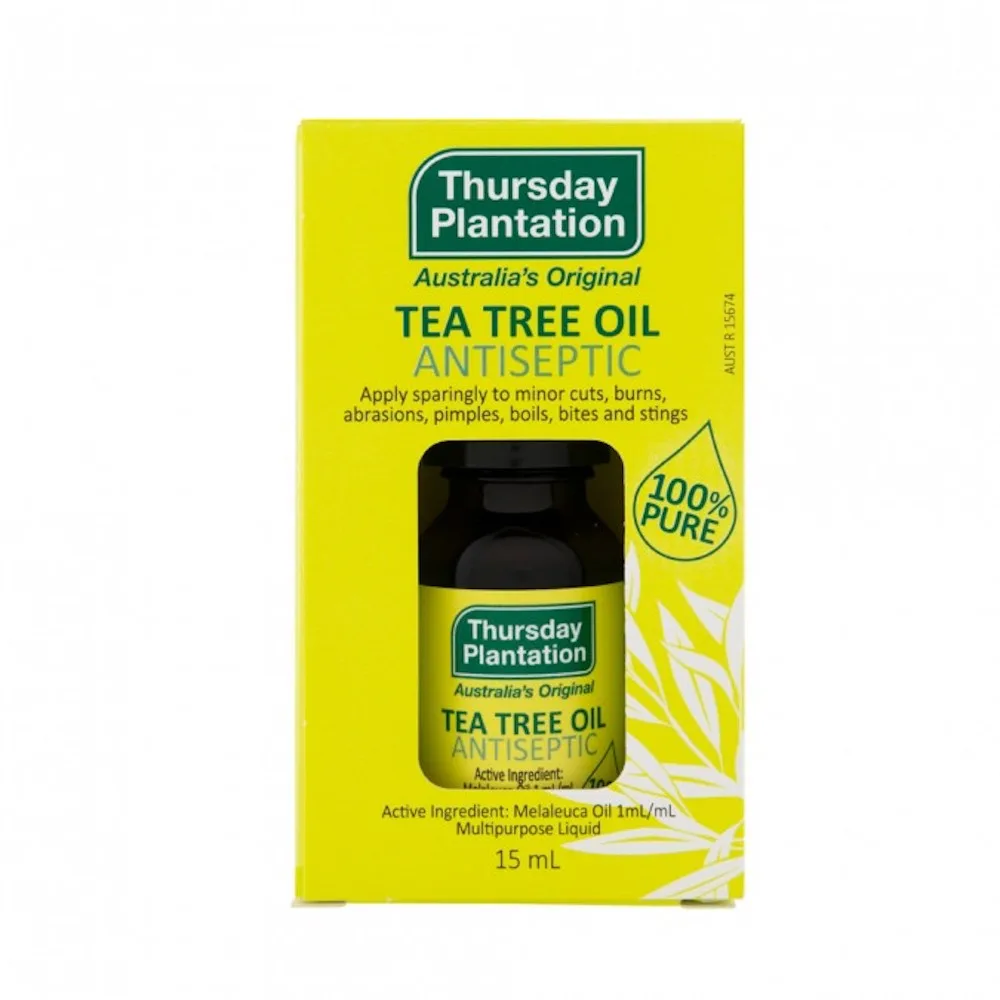
The Natural Spot Treatment
If you favour something in the realm of natural skincare, it doesn’t get much better than Thursday Plantation’s Tea Tree Oil Antiseptic. Even Meghan Markle is a fan!
Try: Thursday Plantation 100% Pure Tea Tree Oil, $4.99 at Priceline






